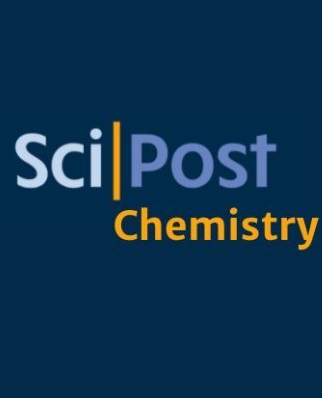The NFLikelihood: An unsupervised DNNLikelihood from normalizing flows
IF 5.4
2区 物理与天体物理
Q1 PHYSICS, MULTIDISCIPLINARY
引用次数: 0
Abstract
We propose the NFLikelihood, an unsupervised version, based on Normalizing Flows, of the DNNLikelihood proposed in [Eur. Phys. J. C 80, 664 (2020)]. We show, through realistic examples, how Autoregressive Flows, based on affine and rational quadratic spline bijectors, are able to learn complicated high-dimensional Likelihoods arising in High Energy Physics (HEP) analyses. We focus on a toy LHC analysis example already considered in the literature and on two Effective Field Theory fits of flavor and electroweak observables, whose samples have been obtained through the HEPFit code. We discuss advantages and disadvantages of the unsupervised approach with respect to the supervised one and discuss a possible interplay between the two.NFLikelihood:无监督 DNNLikelihood(来自归一化流量的概率
我们提出的 NFLikelihood 是[Eur. Phys. J. C 80, 664 (2020)]中提出的 DNNLikelihood 的无监督版本,基于归一化流。我们通过实际例子展示了基于仿射和有理二次样条曲线的自回归流如何学习高能物理(HEP)分析中出现的复杂高维似然。我们重点讨论了文献中已经考虑过的一个玩具大型强子对撞机分析实例,以及通过 HEPFit 代码获得的两个有效场理论拟合的味道和电弱观测变量样本。我们讨论了无监督方法与有监督方法的优缺点,并讨论了两者之间可能的相互作用。
本文章由计算机程序翻译,如有差异,请以英文原文为准。
求助全文
约1分钟内获得全文
求助全文
来源期刊

SciPost Physics
Physics and Astronomy-Physics and Astronomy (all)
CiteScore
8.20
自引率
12.70%
发文量
315
审稿时长
10 weeks
期刊介绍:
SciPost Physics publishes breakthrough research articles in the whole field of Physics, covering Experimental, Theoretical and Computational approaches. Specialties covered by this Journal: - Atomic, Molecular and Optical Physics - Experiment - Atomic, Molecular and Optical Physics - Theory - Biophysics - Condensed Matter Physics - Experiment - Condensed Matter Physics - Theory - Condensed Matter Physics - Computational - Fluid Dynamics - Gravitation, Cosmology and Astroparticle Physics - High-Energy Physics - Experiment - High-Energy Physics - Theory - High-Energy Physics - Phenomenology - Mathematical Physics - Nuclear Physics - Experiment - Nuclear Physics - Theory - Quantum Physics - Statistical and Soft Matter Physics.
 求助内容:
求助内容: 应助结果提醒方式:
应助结果提醒方式:


